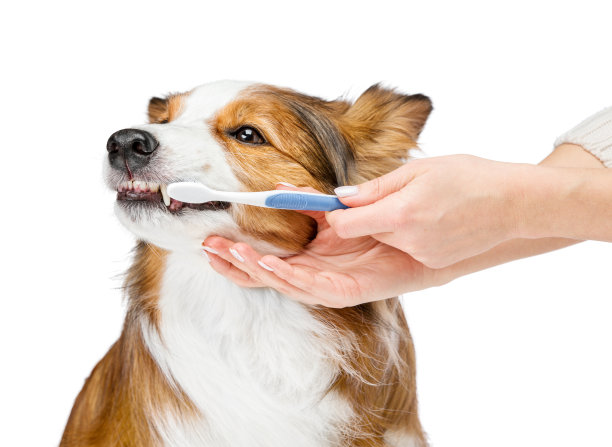Navigating the Journey of Extracting a Tooth Understanding Procedures Recovery and Post-Extraction Care
Summary: Extracting a tooth can be a daunting experience for many, but understanding the procedures, recovery, and post-extraction care can greatly alleviate fears and ensure a smooth journey. This article explores four key aspects: an overview of the extraction procedure, what to expect during recovery, managing post-extraction care, and tips for ensuring a speedy healing process. Each section offers detailed insights to empower patients with the knowledge they need, making their dental journey as seamless as possible. By the end, readers will feel more prepared and informed about the tooth extraction process, enhancing their confidence in seeking necessary dental care.
1. Understanding Tooth Extraction Procedures

The first step in the tooth extraction journey is a thorough consultation with a dentist. This discussion typically covers the reasons for the extraction, potential risks, and alternative treatments. Patients should communicate their medical history, any allergies, and current medications, as these factors can influence the procedure. By understanding the rationale behind the extraction, patients can make informed decisions regarding their oral health.
Once the decision is made, the extraction procedure can be approached with clarity. Tooth extractions are generally categorized into simple extractions and surgical extractions. A simple extraction is performed on visible teeth, while a surgical extraction might be necessary for teeth that havent fully erupted or if they are broken below the gum line. Dentists utilize local anesthesia or sedation to ensure patient comfort throughout the procedure, which typically lasts around 30 minutes to an hour.
Post-extraction, patients will receive specific instructions on what to expect in terms of discomfort and healing. Understanding these steps can reduce anxiety and prepare patients for the immediate aftermath. Clear communication from the dentist is crucial, as it allows patients to feel empowered and prepared for their recovery journey ahead.
2. What to Expect During the Recovery Process
Once a tooth is extracted, the body begins its natural healing process. Patients typically experience some degree of swelling, discomfort, and bleeding immediately after the procedure. It’s vital to follow the dentist’s recommendations for managing these symptoms, such as using ice packs and taking prescribed medications. These early hours post-extraction are critical, as proper care can significantly impact recovery time and overall comfort.
The duration of the recovery process can vary from person to person, but most people will begin to feel better within a few days. It’s common for the initial swelling to peak around day two, gradually subsiding afterward. Patients should maintain a diet of soft foods and stay hydrated, allowing the extraction site to heal without further irritation from tough or hard foods.
Its also essential for patients to monitor their recovery for any signs of complications, such as prolonged bleeding or signs of infection. If any unusual symptoms arise, contacting the dentist promptly can prevent more serious issues and ensure a smoother recovery process.
3. Managing Post-Extraction Care Effectively
Effective post-extraction care is crucial for a successful healing process. Patients should avoid vigorous rinsing or sucking actions for at least 24 hours after the extraction, as these can dislodge the blood clot that forms over the extraction site. This clot is essential for healing, and its dislodgement could lead to complications like dry socket, which can be very painful.
Maintaining good oral hygiene is also important, but patients should be cautious around the extraction site. Gentle brushing of the surrounding teeth and the use of saltwater rinses after the first 24 hours can help keep the area clean. Infections can hinder healing, so adhering to proper oral hygiene and dental aftercare is vital.
Additionally, staying away from smoking or alcohol for at least 48 hours post-extraction is highly recommended, as these habits can delay healing and increase the risk of complications. Being mindful of these guidelines can contribute significantly to a smoother and quicker recovery.
4. Tips for A Speedy Healing Process
There are several proactive steps patients can take to facilitate a faster healing process following a tooth extraction. First, maintaining a nutritious diet rich in vitamins and minerals can boost the immune system and promote healing. Foods high in vitamin C and protein, such as citrus fruits and lean meats, can support tissue repair.
Staying adequately hydrated also plays a critical role in recovery. Fluids help reduce swelling and promote overall health, so incorporating plenty of water into the diet is essential. Patients are encouraged to avoid caffeine and carbonated drinks, as these can irritate the extraction site.
Finally, adequate rest is crucial for the body’s healing process. Minimizing physical exertion in the days following an extraction allows the body to devote energy to healing. Listening to one’s body and adhering closely to post-operative instructions can lead to a swift and uncomplicated recovery.
Summary:
In conclusion, understanding the journey of tooth extraction—from the initial consultation to post-extraction care—can make a significant difference in patient experiences. Being informed about procedures, recovery expectations, and care practices empowers patients to navigate this process with confidence.
Taking the time to follow these guidelines not only aids recovery but also enhances overall dental health. Embrace the journey of dental care with knowledge and assurance. This article is compiled by Vickong Dental and the content is for reference only.


